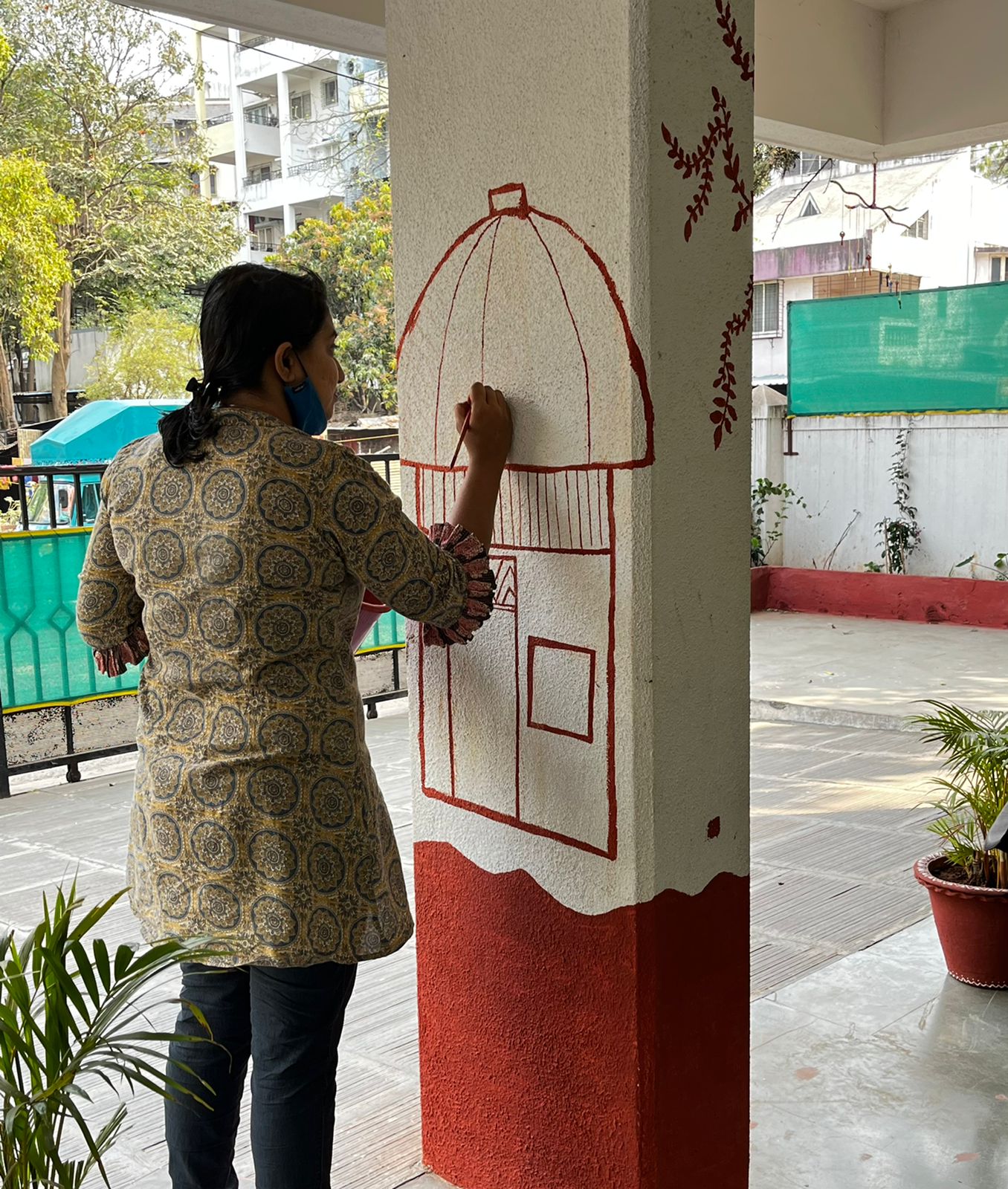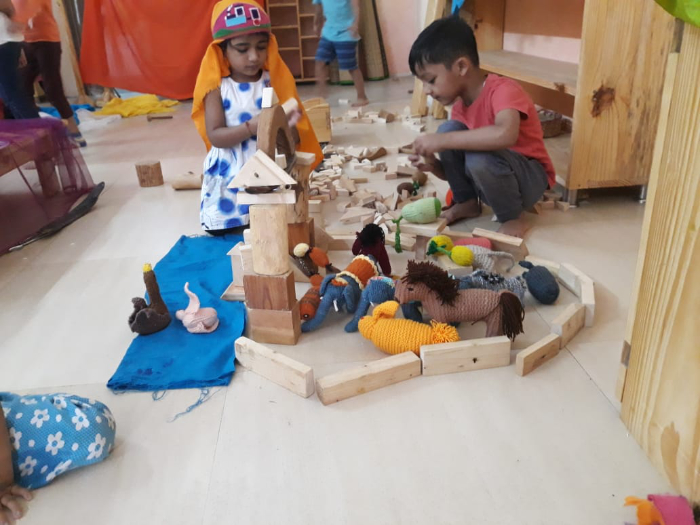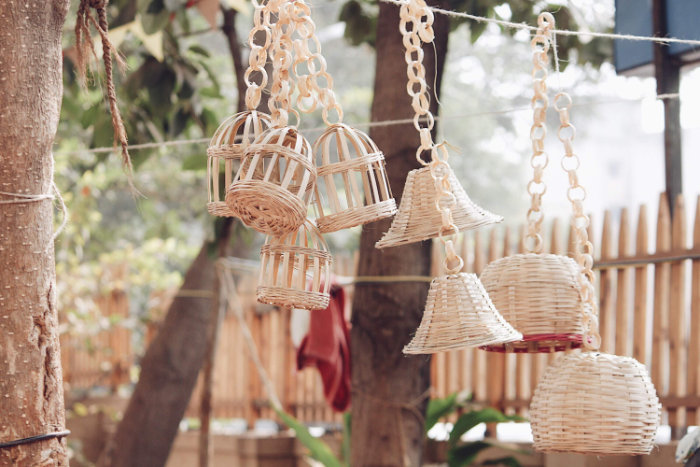)
There is no shortage of opportunities for you to share your gifts and time.
As a full-time teacher for:
Volunteer Programme goes on throughout the year and we couldn’t do what we do without you. You can get involved in the following ways.
As a part-time support for:


As a visiting Faculty for:
Other Volunteering options for:
After school support for:

“It takes a village to raise a child”
Educating our children is the joint task of the whole community of parents and teachers. Thus we often need to come together to understand the why, what and how of that, which needs to be done with our children and come together to create and build a space which will appropriately nourish them.
Swadhaa Samagam is a gathering of the entire Swadhaa community. This is where we come together to see how we all can put our energies together to build this space for children and to keep the spirit and the ethos going. How each of us can contribute in different areas which can support in the making of Swadhaa and enriching the learning life of children with your talents and capacities
Several class meetings are planned for during the year. The dates are marked in the Annual calendar and shared with you in advance to give you plenty of time to plan. These meetings are an integral part of the school life. They are an important bridge between home and school, and offer parents an opportunity to view and talk about their children’s work and to participate in the type of activities done in the class. These meetings include discussion on class curriculum, age consciousness and pedagogy. They also serve as social gatherings for parents. It is very important that there is continuous participation of, preferably, both the parents. All meetings are mandatory even if they fall on weekdays, as it is not possible for the centre to accommodate all meetings on weekends. If you are unable to attend any of these meetings, please notify your child’s teacher.
Report meetings between each child’s parent and class teacher is scheduled twice a year to have a comprehensive discussion on the progress of the child. The first report meeting happens at the end of the first term, while the second one takes place near the end of the school year. We then come together to review the year gone by and what is required for the coming year and plan accordingly.
The year-end report contains two parts: a Curriculum Overview and a Narrative.
Curriculum Overviews, written by class teachers and specialty teachers, outline the content of the subjects.
The Narrative Report, written by the class teacher, strives to give a complete and accurate description of the child personally, academically, and socially. •
The student description includes work habits, ability to listen and to contribute, oral and written work, rhythmic work, etc. It may also describe highlights of the student’s year, areas of challenge, and artistic work.
The social part includes the student in relationship to adults and to peers, both during structured and unstructured times.
The report also gives the picture of the child’s work in languages, mathematics and all specialty subjects.